The Beetroot is in some parts of Germany and Austria also as Red beet or Rahner known. The plant comes from the foxtail family.
What you should know about beetroot

The beetroot is a relative of the sugar beet and the chard. Just like Swiss chard and sugar beet, beetroot comes from the wild beet or wild beet. The plant has its origin in the Mediterranean area. Presumably it first grew in North Africa and then came to Central Europe with the Romans. Originally, the beetroot was not as brightly red as it is today. The beautiful red color was created through constant refinement in the years 1800 to 1900.
The beetroot is a biennial plant with herbaceous growth. The fleshy turnip forms in the first year. It is largely caused by a thickening of the section between the stem axis and the cotyledons. Part of the beet grows underground, the other part rises above the ground. The shape of the turnip can be round or resemble the pear. The fruits can be very small or weigh up to 600 grams. A juicy red meat is hidden under the thin, brownish shell. But now there are also varieties with colorless or light yellow meat.
These varieties are not offered as red beets, but as white or yellow beets.
The elongated egg-shaped leaves also arise directly from the tuber. These have a very long leaf blade and are slightly curled at the edge. The leaves are green in color, but have a red stem and red leaf veins.
In the second year of life of the plant, a one and a half meter high stem forms, which carries an inflorescence. The flowers are in whorls and are reddish-green in color. The beetroot is a winter vegetable. It is harvested in Germany from September to March.
Importance to health
The main active ingredient in beetroot is the anthocyanin betaine. The secondary plant substance has a variety of effects. It stimulates and strengthens the liver cells and thus stimulates detoxification. The gall bladder is also strengthened. The bile ducts are kept free so that no stones are formed. Good functioning of the liver and bile also ensure healthy digestion. Only when the liver is working well can metabolic end products and toxins be completely and quickly excreted.
Betaine can also lower homocysteine levels. Homocysteine is an intermediate product of the human protein metabolism. It is produced when the amino acid methionine is broken down. Homocysteine is believed to be responsible for numerous health problems. Homocysteine that is not broken down accelerates cell death in the brain and can thus promote diseases such as Alzheimer's or dementia. With increased homocysteine levels, the risk of heart attack, stroke, osteoporosis and various eye diseases also increases.
Just like betaine, folic acid can reduce the risk of heart attacks and strokes. Since the beetroot is rich in both betaine and folic acid, the juice from the beet is well suited as a preventive measure against cardiovascular diseases. Beetroot can also regulate blood pressure. This effect is probably due to the nitrate content. Nitrate is converted to nitrite in the body. This stimulates the production of nitric oxide in the blood. Nitric oxide causes the blood vessels to widen. This lowers blood pressure.
Studies show that lowering blood pressure is maintained for up to 24 hours after ingesting beetroot juice. The beetroot is also part of the beet therapy. This therapy is used by alternative physicians as a preventive measure against leukemia or colon cancer. Both the beets and the nutritious leaves are used.
Ingredients & nutritional values
| Nutritional information | Amount per 100 gram |
| Calories 43 | Fat content 0.2 g |
| cholesterol 0 mg | sodium 78 mg |
| potassium 325 mg | carbohydrates 10 g |
| protein 1.6 g | vitamin C 4.9 mg |
The strong red color of the beetroot is mainly due to the high betanin content. Betanin is a glycoside from the betalaine group. These in turn belong to the anthocyanins. Beetroot also contains many bioactive substances such as copper, iron, chromium, manganese, zinc and selenium. The beet is also rich in folic acid. Like most vegetables, beetroot is also rather low in calories. The beet contains only 42 calories per 100 grams. 100 grams of beet contain 8.4 grams of carbohydrates and 1.5 grams of protein. More than 80 percent of the beetroot consists of water.
Not only the beetroot itself, but also the beetroot leaves have valuable ingredients. The leaves are rich in calcium, magnesium, vitamin C and vitamin K. In terms of nutrient content, the leaves even surpass the beet. Only the betaine is contained in the beet in a higher concentration.
Intolerances & allergies
Food allergies to beetroot are very rare. However, in sensitive people, excessive consumption of beetroot can lead to oxalate kidney stones. The beets and leaves have a relatively high content of oxalic acid. The acid combines with calcium in the intestine, creating an insoluble substance.
The calcium oxalates that are formed can damage the kidneys by clogging the kidney tubules. Around two thirds of all kidney stones are made up of calcium oxalate. In sensitive people, the ingestion of larger amounts can also lead to severe gastrointestinal complaints due to this mechanism. Calcium from the bones can also be used in the formation of calcium oxalates. The resulting calcium deficiency promotes osteoporosis. In order for such drastic health consequences to occur, very large quantities of beetroot really have to be consumed.
Shopping & kitchen tips
The tubers of the beetroot should be plump and undamaged when shopping. Damaged tubers spoil very quickly. Bundles are ideal for the preparation of fresh salads.
The fresh tubers, the size of a table tennis ball, are particularly tender, aromatic and crunchy. However, the bundle wilts quickly. It should be processed as quickly as possible. Alternatively, the tubers can be wrapped in paper and stored in the vegetable drawer of the refrigerator or in the cellar. If you want to cook the beetroot, you can buy the pre-cooked, vacuum-packed beets.
Preparation tips
The preparation of the beetroot can be a bit difficult due to the coloring betaine. Gloves should therefore always be worn during preparation. The red color is difficult to wash off from your hands. Cutting pads made of glass or porcelain are recommended. Plastic and wood can permanently discolour.
The beetroot should be cooked unpeeled in one piece. This prevents bleeding and the aroma is retained.
The aromatic taste of the beetroot goes well with strong spices. The combination with sweet or hot is possible. The aroma of beetroot comes into its own in combination with onions, chilli, fresh pepper, allspice, caraway, sugar, honey or coriander. Tart apples, oranges and strong cheeses also go very well with the vegetables.

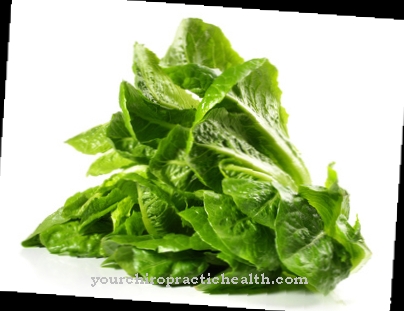
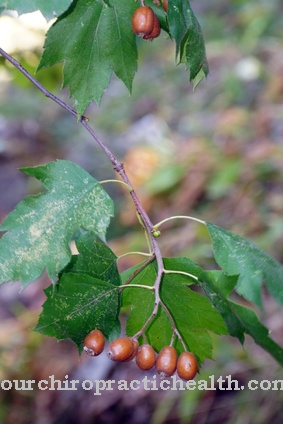

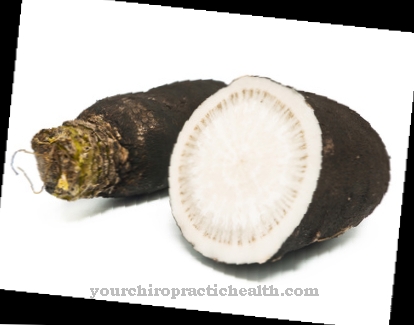
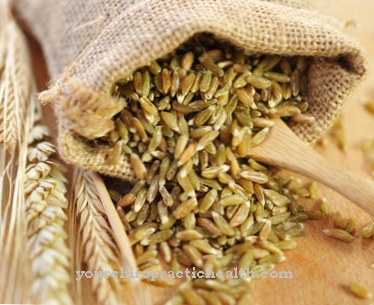
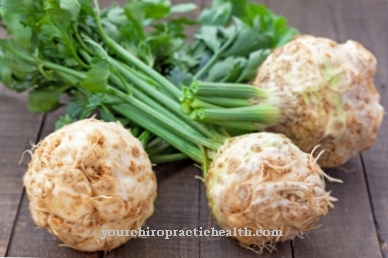






.jpg)

.jpg)
.jpg)











.jpg)